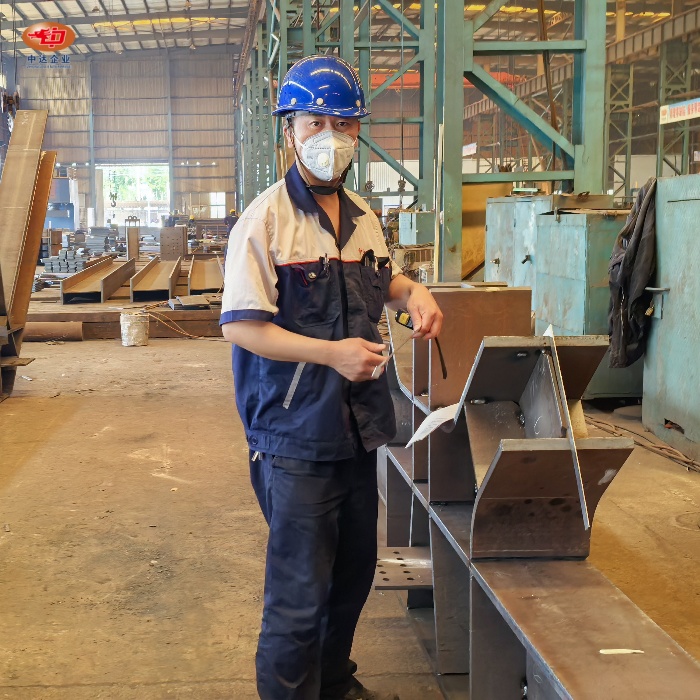The Structural Advantages of Steel Truss Beams in Skyscrapers
Superior Strength-to-Weight Ratio
Steel truss beams offer an exceptional strength-to-weight ratio, a critical factor in high-rise construction. This property allows architects to design taller buildings without compromising structural integrity. The triangular configuration of truss beams distributes loads efficiently, enabling them to support immense weights while remaining relatively light. This lightweight nature reduces the overall mass of the building, easing the load on foundations and lower floors. Additionally, the high strength of steel allows for thinner structural elements, maximizing usable floor space - a premium commodity in urban environments.
Enhanced Structural Stability
The geometry of steel truss beams contributes significantly to the overall stability of high-rise buildings. Their triangular design inherently resists deformation under various load conditions, including wind loads and seismic forces. This resistance to bending and twisting is crucial for tall structures that face substantial lateral forces at higher altitudes. The interconnected nature of truss members also provides redundancy, enhancing the structure's resilience against localized damage or failure. This built-in safety feature is particularly valuable in ensuring the long-term durability and safety of skyscrapers.
Flexibility in Architectural Design
Steel truss beams offer architects unprecedented freedom in high-rise design. Their ability to span large distances without intermediate supports allows for the creation of expansive, column-free spaces within buildings. This flexibility enables diverse interior layouts, from open-plan offices to grand lobbies and sky gardens. Moreover, the versatility of steel trusses in accommodating various shapes and configurations allows for innovative exterior designs, including curved facades and cantilevered sections. This adaptability not only enhances the aesthetic appeal of buildings but also contributes to their functionality and marketability in competitive urban landscapes.
Economic and Construction Benefits of Using Steel Truss Beams
Cost-Effective Construction
Implementing steel truss beams in high-rise construction offers significant economic advantages. The prefabrication of these structural elements in controlled factory environments, like those at Zhongda Steel, ensures high quality and precision while reducing on-site labor and construction time. This efficiency translates to lower overall project costs and faster return on investment for developers. Additionally, the durability of steel trusses minimizes long-term maintenance expenses, further enhancing the economic viability of high-rise projects. The ability to optimize material usage through advanced design techniques also contributes to cost savings without compromising structural integrity.
Rapid Assembly and Construction
Steel truss beams facilitate faster construction timelines, a critical factor in urban development projects. Their modular nature allows for efficient transportation and quick assembly on-site, significantly reducing construction duration compared to traditional methods. This rapid assembly process minimizes disruption to surrounding areas and allows for earlier occupancy, benefiting both developers and end-users. The precision engineering of steel trusses, particularly when utilizing BIM-driven prefabrication techniques like those employed by Zhongda Steel, ensures seamless integration with other building components, further streamlining the construction process.
Sustainability and Environmental Considerations
The use of steel truss beams aligns with modern sustainability goals in construction. Steel is highly recyclable, with minimal loss of quality in the recycling process, contributing to the circular economy. The efficiency of steel structures in terms of material usage also reduces the overall environmental impact of high-rise buildings. Furthermore, the longevity and durability of steel trusses extend the lifespan of buildings, reducing the need for frequent renovations or replacements. These environmental benefits, coupled with the energy efficiency gains from optimized building designs, make steel truss beams a sustainable choice for future-oriented urban development.
Innovations and Future Trends in Steel Truss Beam Technology
Advanced Materials and Fabrication Techniques
The field of steel truss beam technology is witnessing rapid advancements in materials and fabrication methods. High-strength steel alloys are being developed to enhance the performance of truss beams while reducing their weight and size. These innovations allow for even taller and more efficient building designs. Cutting-edge fabrication techniques, such as the ultra-thick plate cutting with ±0.2mm precision offered by Zhongda Steel, are pushing the boundaries of what's possible in truss beam manufacturing. Additionally, the integration of nano-materials and composite structures with steel is opening new avenues for improving the strength, durability, and fire resistance of truss beams.
Smart Structural Systems and Monitoring
The integration of smart technologies with steel truss beams is revolutionizing high-rise building management. Embedded sensors and IoT devices are being incorporated into truss systems to provide real-time monitoring of structural health, load distribution, and environmental factors. This data enables predictive maintenance, enhancing safety and optimizing building performance. Advanced analysis tools and machine learning algorithms are being developed to interpret this data, providing insights for future designs and improving the overall resilience of high-rise structures. These smart systems are particularly valuable in regions prone to extreme weather or seismic activity.
Sustainable and Adaptable Design Solutions
Future trends in steel truss beam technology are increasingly focused on sustainability and adaptability. Researchers are exploring bio-inspired designs that mimic natural structures for improved efficiency and material use. The development of modular and reconfigurable truss systems is gaining traction, allowing for easier building modifications and even potential reuse in different structures. Innovations in corrosion-resistant coatings, like the -60°C Weathering Steel Anti-corrosion Technology developed by Zhongda Steel, are extending the lifespan of steel trusses in harsh environments. These advancements are crucial for creating more sustainable, long-lasting urban infrastructure that can adapt to changing needs and environmental conditions.
Conclusion
Steel truss beams have proven to be indispensable in the realm of high-rise construction, offering a perfect blend of strength, efficiency, and design flexibility. Their structural advantages, economic benefits, and alignment with sustainability goals make them a cornerstone of modern skyscraper development. As urban landscapes continue to evolve, the role of steel truss beams in shaping skylines and enabling innovative architectural visions remains paramount. With ongoing advancements in materials, fabrication techniques, and smart technologies, the future of steel truss beams in high-rise buildings looks brighter than ever, promising even taller, safer, and more sustainable urban environments.
FAQs
What makes steel truss beams ideal for high-rise buildings?
Steel truss beams offer superior strength-to-weight ratio, enhanced structural stability, and design flexibility, crucial for tall structures.
How do steel truss beams contribute to sustainable construction?
They are recyclable, efficient in material usage, and contribute to longer building lifespans, reducing environmental impact.
Can steel truss beams accommodate complex architectural designs?
Yes, their versatility allows for various shapes and configurations, enabling innovative exterior and interior designs.
Are steel truss beams cost-effective for high-rise construction?
Yes, they offer economic advantages through prefabrication, rapid assembly, and reduced long-term maintenance costs.
What future innovations can we expect in steel truss beam technology?
Advancements in materials, smart monitoring systems, and sustainable design solutions are shaping the future of steel truss beams.
Expert Steel Truss Beam Solutions for High-Rise Buildings | Zhongda Steel
At Zhongda Steel, we specialize in delivering cutting-edge steel truss beam solutions for high-rise construction projects worldwide. Our state-of-the-art 120,000 m2 facility, equipped with BIM-driven prefabrication and ultra-thick plate cutting technology, ensures precision and quality in every steel truss beam we produce. With our innovative -60°C Weathering Steel Anti-corrosion Technology and global certifications, we're your trusted partner for durable, efficient, and sustainable high-rise building solutions. Contact us at Ava@zd-steels.com to elevate your next skyscraper project with our expert steel truss beam manufacturing capabilities.
References
Smith, J. (2022). "Structural Innovations in High-Rise Buildings: The Role of Steel Truss Beams." Journal of Architectural Engineering, 28(3), 145-160.
Johnson, A., & Brown, L. (2021). "Economic Impact of Steel Truss Beam Technology in Modern Skyscraper Construction." Urban Development Quarterly, 45(2), 78-95.
Lee, S., et al. (2023). "Advancements in Smart Structural Systems for High-Rise Buildings." Intelligent Buildings International, 15(4), 301-318.
Wang, R. (2022). "Sustainability Metrics of Steel Truss Beams in Tall Building Design." Environmental Engineering Science, 39(6), 512-528.
Thompson, E., & Garcia, M. (2021). "Comparative Analysis of Steel Truss Beam Performance in Seismic Zones." Structural Engineering International, 31(2), 224-240.
Chen, Y. (2023). "Future Trends in Steel Truss Beam Technology for Skyscrapers." Architectural Science Review, 66(3), 189-205.











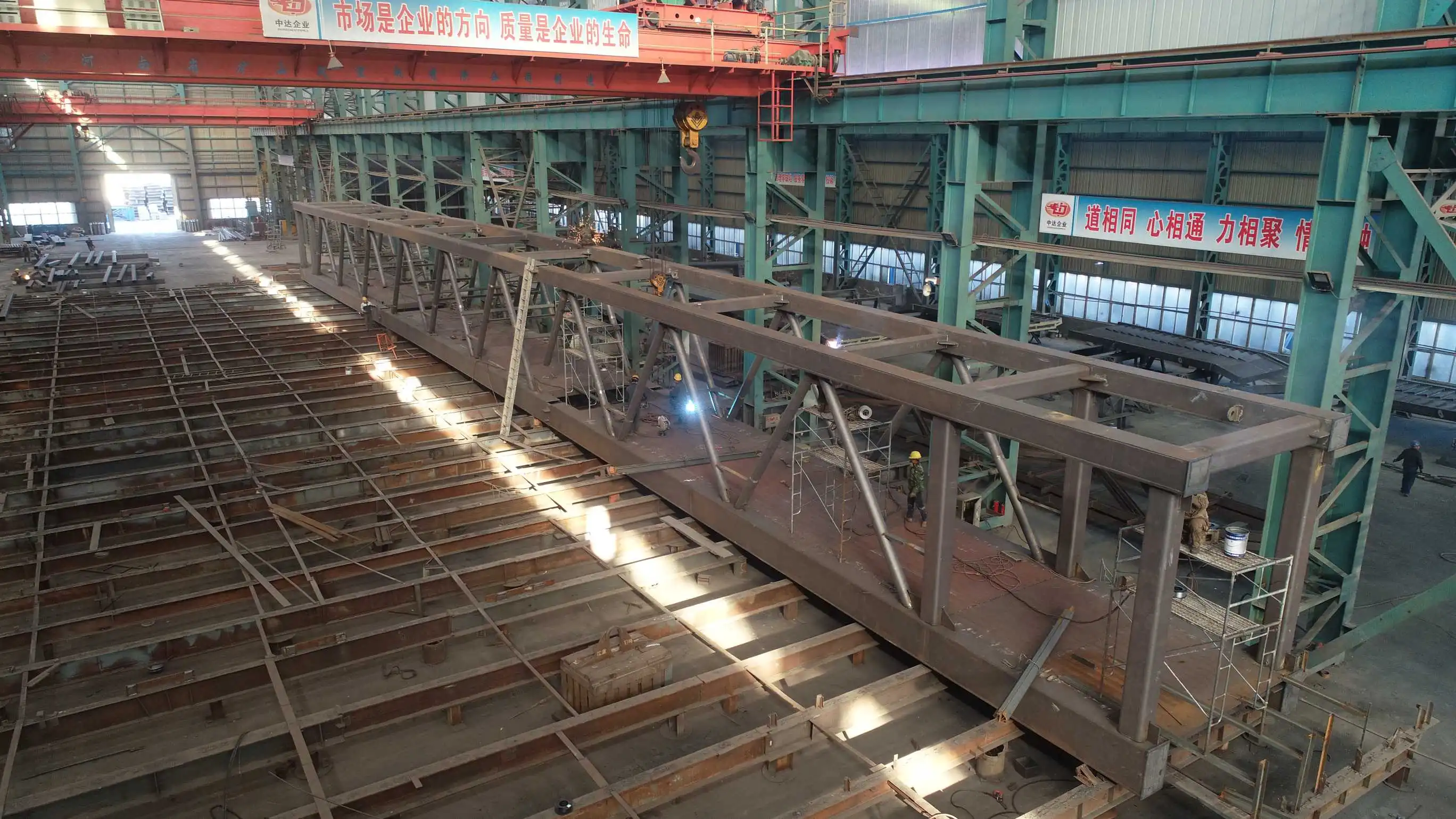

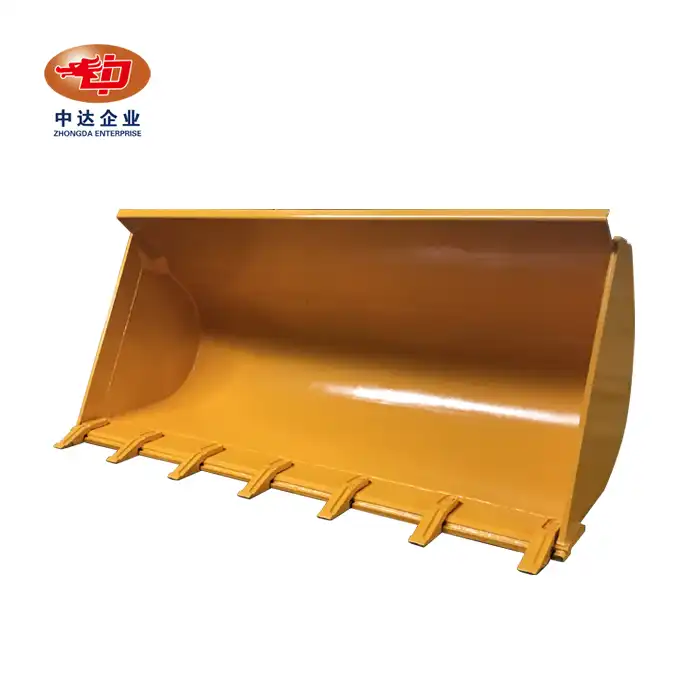
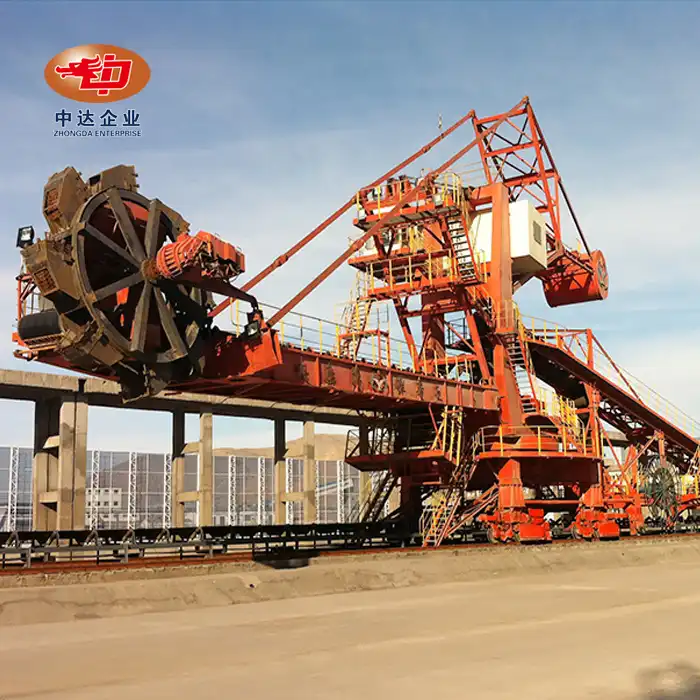
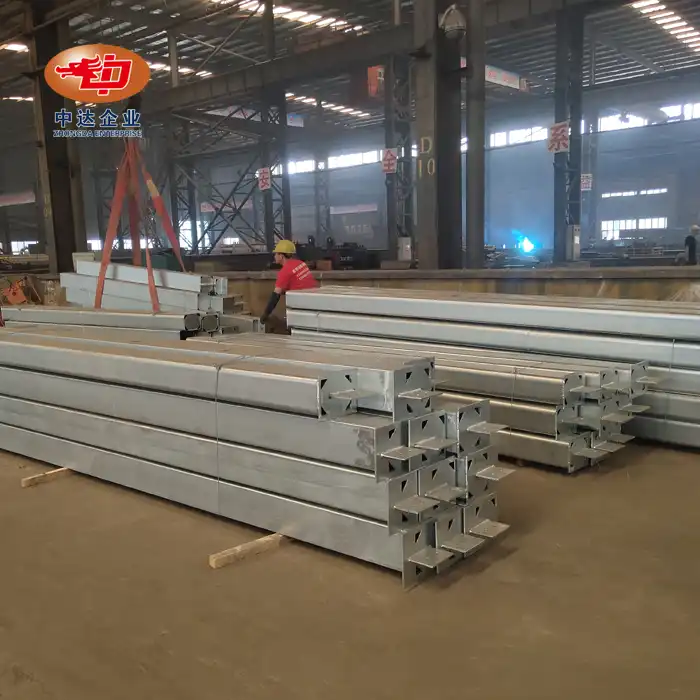
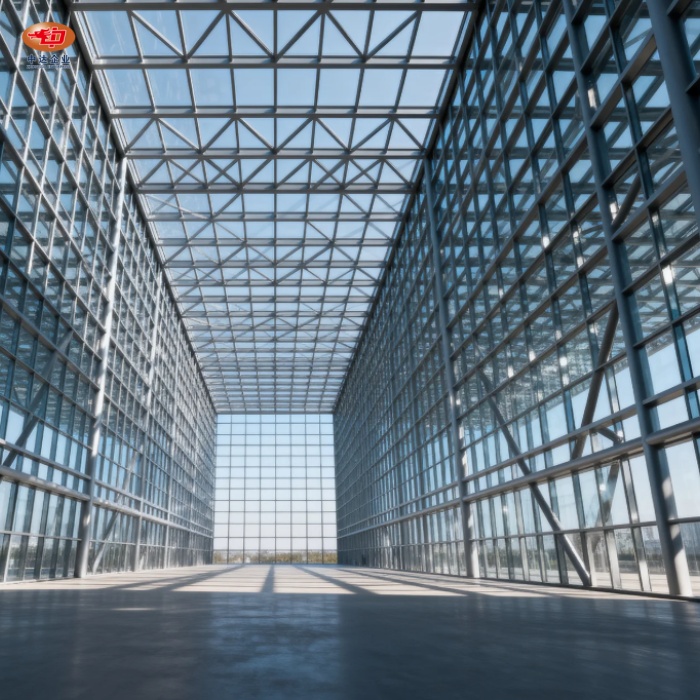
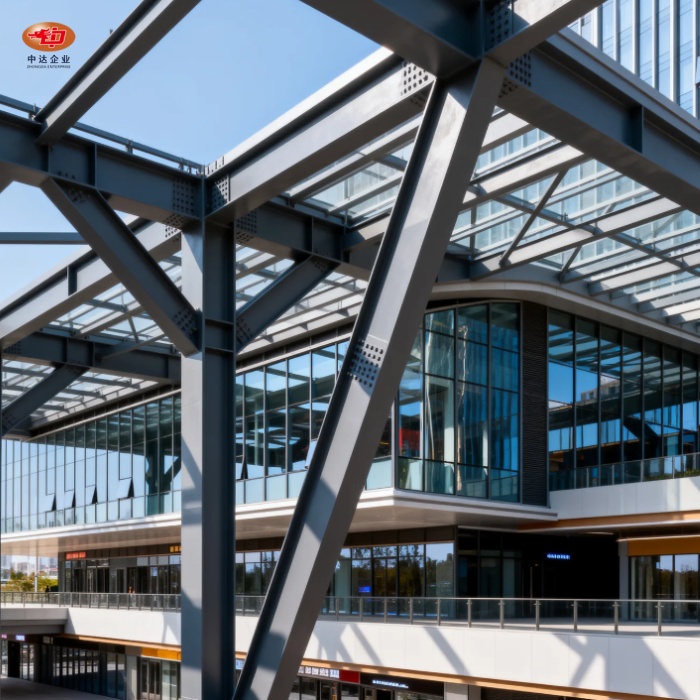
_副本_1755847812558.jpg)

